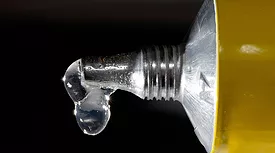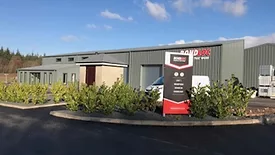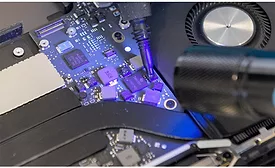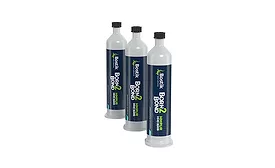Home » Keywords: » cyanoacrylates
Items Tagged with 'cyanoacrylates'
ARTICLES
The demand for eco-friendly super glue is continuing to rise and innovation has responded.
Read More
Advanced UV-Adhesives Help Industry Stick to Future EU Labeling Laws
Advanced cyanoacrylates will enable manufacturers to meet current and future sustainability and ESG reporting needs, and comply with future labeling requirements.
August 9, 2023
Electric Vehicle Market Advances Generate Adhesive Technology Innovations
As the electric vehicle market evolves and develops, adhesive manufacturers create new technologies to meet these needs.
February 11, 2022
BOSTIK: Engineering Adhesives for Electronics Manufacturing
The new versatile and single-component hot-melt polyurethane reactive range has been designed specifically for the manufacture of miniaturized handheld and wearable electronic devices.
January 13, 2022
Ask Dr. Dave
Adhesives for Fiberglass Bonding
What are the best adhesives for bonding fiberglass components?
July 20, 2021
Keep the info flowing with our newsletters!
Get the latest industry updates tailored your way.
JOIN TODAY!Copyright ©2025. All Rights Reserved BNP Media.
Design, CMS, Hosting & Web Development :: ePublishing









